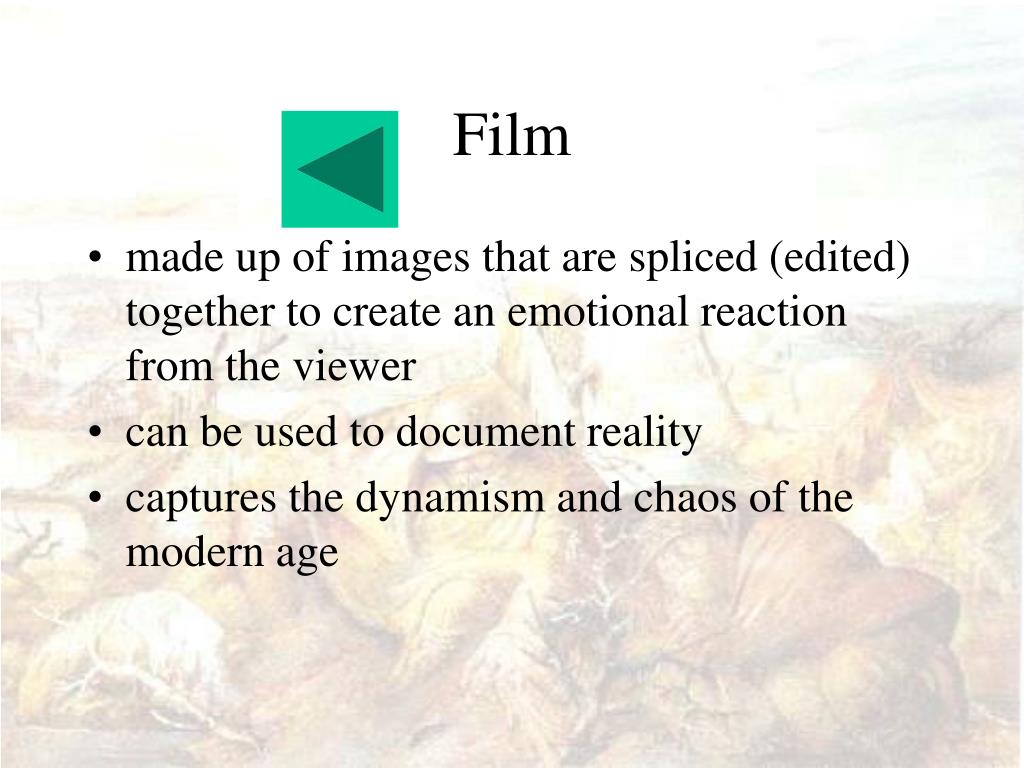

The Waste Land offers a land that is not wholly waste: it is a land where things are growing, but they are growing amidst the waste and devastation caused by the war. (We’ve discussed the thorny nature of the poem’s opening line here.) So, fertility is actually another major theme of The Waste Land, as well as sterility.Ĭonsider, for instance, that image (in the poem’s opening lines) of the lilacs being bred out of the dead land. That’s all well and good, but does it tell the full story? The truth is that, cutting against this vision of sterility, drought, and barrenness are numerous references to the opposite: to fecundity, abundance, and, to quote from the poem’s full first line, ‘breeding’. There are plenty of other images suggesting sterility in Eliot’s poem: the desert landscape with the ‘red rock’ inspired by the Old Testament books of Ezekiel and Ecclesiastes (see ‘The Burial of the Dead’), and the ‘if there were water’ sections from the beginning of ‘What the Thunder Said’, before thunder arrives and rain finally falls again. This myth is bound up with the Holy Grail legend from Arthurian myth, and the journey described in ‘What the Thunder Said’, the final part of The Waste Land, was partly inspired by Grail Quest stories. Only the arrival of a pure-hearted stranger, such as a knight from Arthur’s court, will be able to restore life to the land. The Fisher King is impotent and his land, similarly, is sterile: nothing will grow. Weston’s 1920 book From Ritual to Romance.

An important (if last-minute) unifying myth for The Waste Land is the Arthurian legend of the Fisher King: both this myth, and the very title of Eliot’s poem, were suggested to him by Jessie L.


 0 kommentar(er)
0 kommentar(er)
